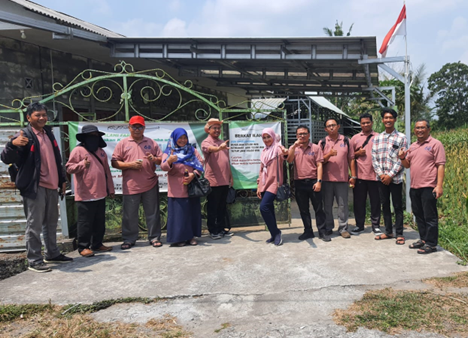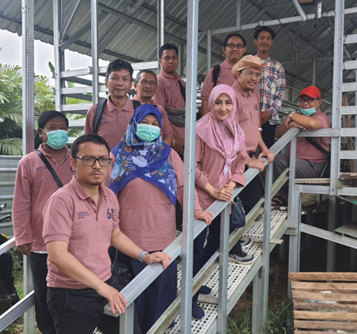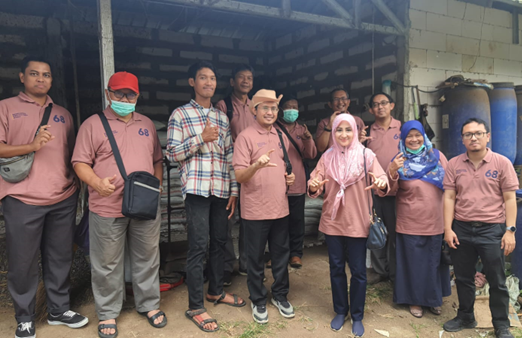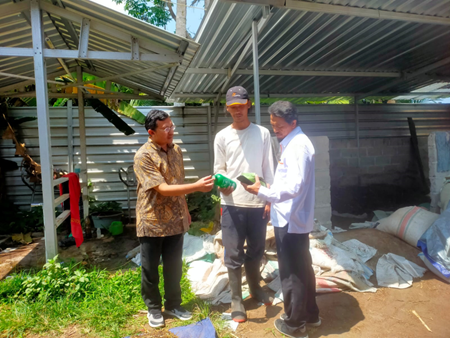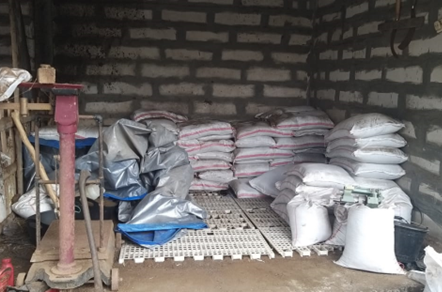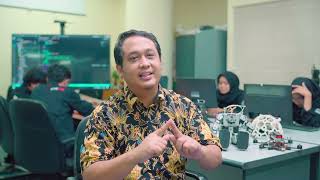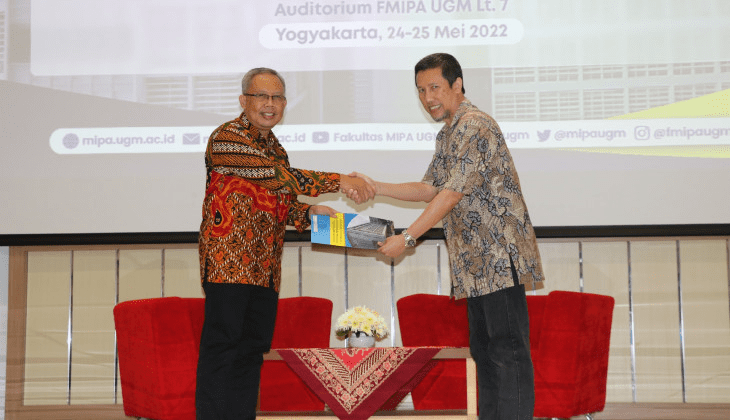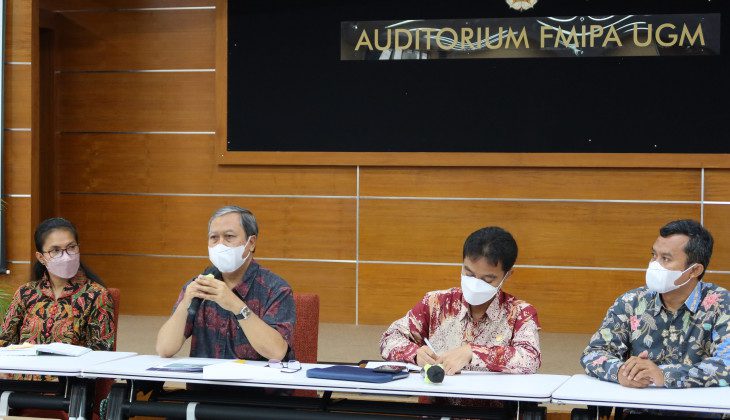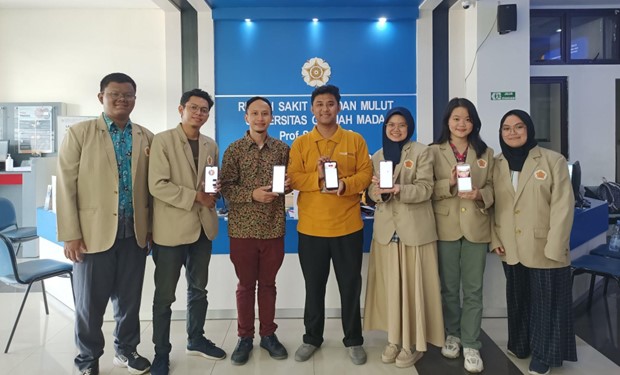
Mahasiswa UGM Kembangkan AI dan AR untuk Perawatan dan Edukasi Kesehatan Gigi Anak
Dalam upaya meningkatkan perawatan dan edukasi kesehatan gigi dan mulut anak-anak, Tim PKM Pi Universitas Gadjah Mada (UGM) telah merintis inovasi luar biasa yang diberi nama “Aplikasi Gigi Kecil”. Aplikasi ini menggabungkan dan mengimplementasikan teknologi Artificial Intelligence (AI) dan Augmented Reality (AR) untuk memberikan solusi atas permasalahan yang relevan dengan perkembangan zaman.
Aplikasi Gigi Kecil diinisiasi oleh tiga mahasiswa Pendidikan Dokter Gigi FKG, yaitu Dwina Aulia Ristyoningrum, Ariefa Nugrahany Nursalim, dan Ribka Wijayanti Kusnardi serta berkolaborasi dengan dua mahasiswa Ilmu Komputer FMIPA, yaitu Fitriansyah Eka Putra dan Khoirul Anam . Di bawah bimbingan drg. Mohammad Fadyl Yunizar, MPH., Ph.D., kelimanya mengembangkan aplikasi Gigi Kecil dengan pendanaan dari Program Kreativitas Mahasiswa Penerapan IPTEK (PKM-PI) Kemendikbud Ristek 2023.
Inovasi ini bermula dari permasalahan yang dihadapi RSGM UGM Prof. Soedomo dalam perawatan gigi anak. “Promosi kesehatan gigi anak yang dilakukan oleh RSGM UGM masih sangat terbatas, hanya melalui akun instagram dan website. Itu pun kami hanya memiliki sedikit konten edukasi kesehatan gigi anak,” tutur Humas RSGM UGM Prof. Soedomo saat berdiskusi dengan tim PKM PI. Selain itu, pihak RSGM juga menyatakan bahwa pasien anak sering mengalami ketidakberlanjutan perawatan. “Banyak pasien anak yang perawatannya putus di tengah jalan. Selama ini, tidak ada yang dapat memonitor perawatan pasien anak, terutama dalam perawatan jarak jauh”. Padahal, kesehatan gigi dan mulut anak sangat perlu diperhatikan. Gigi susu sangat mempengaruhi gigi permanen yang tumbuh. Apabila tidak terjadi ketidaksempurnaan dalam perawatan, maka akan mempengaruhi gigi permanen yang tumbuh.
Dari persoalan dan kekhawatiran tersebut dikembangkanlah aplikasi Gigi kecil yang merupakan aplikasi Android dengan fitur utama berupa Screening yang dapat mengidentifikasi karies pada gigi anak secara real-time dengan menerapkan artificial intelligence sebagai pendeteksinya. Ada pula fitur Ayo Belajar! Yang merupakan fitur edukasi berbasis augmented reality untuk membantu anak kecil memahami mengenai proses gigi berlubang. Aplikasi Gigi Kecil juga menyediakan fitur Kalender, Pengingat, dan Fitur Chat yang akan terintegrasi dengan RSGM UGM Prof. Soedomo.
Aplikasi ini telah diuji cobakan pada pembukaan Bulan Kesehatan Gigi Nasional yang diselenggarakan pada tanggal 12 September 2023 di FKG UGM dan RSGM UGM Prof Soedomo. Aplikasi ini mendapat antusiasme tinggi dari masyarakat, khususnya pasien anak rsgm UGM prof Soedomo. Melalui uji coba ini, terbukti banyak pengunjung Ibu yang memiliki anak terkesan dengan fitur yang dimiliki aplikasi ini, terutama konsultasi gratis dengan dokter gigi profesional. Sedangkan, pasien anak langsung menyukai permainan edukasi berbasis augmented reality yang menjadi andalan aplikasi ini. Tidak hanya itu, banyak Staff RSGM Prof. Soedomo yang merasa terbantu dengan adanya aplikasi ini. Mereka sangat berharap, dalam perkembangan selanjutnya, aplikasi ini mampu terintegrasi seutuhnya dengan manajemen rumah sakit sehingga digitalisasi pelayanan kesehatan dapat membawa keefektifan dan keefisienan sistem rumah sakit.
Dengan adanya aplikasi ini, diharapkan masyarakat akan lebih teredukasi akan pentingnya kesehatan gigi anak, terputusnya perawatan kesehatan di RSGM Prof. Soedomo akan berkurang, serta pelayanan kesehatan gigi dan mulut dapat optimal. Adanya aplikasi ini menjadikan RSGM. Prof. Soedomo sebagai satu-satunya Rumah Sakit Gigi dan Mulut yang memiliki aplikasi digital. Ditambah lagi, aplikasi ini bukan hanya untuk pendaftaran online, tetapi mampu mengedukasi serta memantau selama periode perawatan gigi dan mulut anak. Melalui aplikasi ini, kualitas kesehatan gigi dan mulut anak Indonesia akan meningkat!
Tim PKM-PI saat ini dalam tahapan mengunggah Aplikasi Gigi Kecil ke Google PlayStore, namun masyarakat dapat mencoba menggunakan Aplikasi Gigi Kecil melalui laman alternatif yang disediakan yaitu https://linktr.ee/gigikecil. Melalui Aplikasi Gigi Kecil mereka berharap dapat membantu RSGM UGM Prof. Soedomo dalam mempromosikan serta mengedukasi masyarakat mengenai kesehatan gigi anak.
